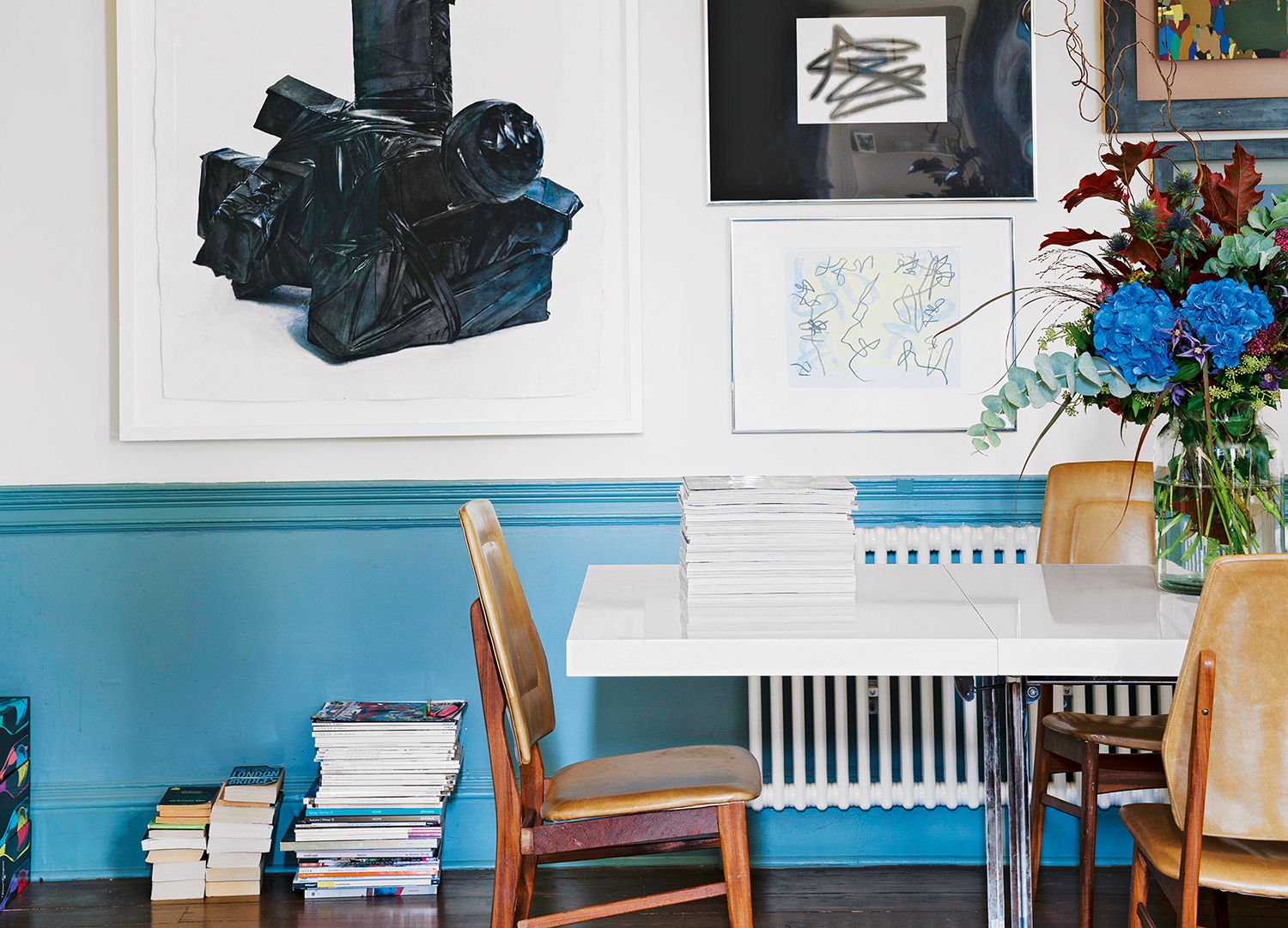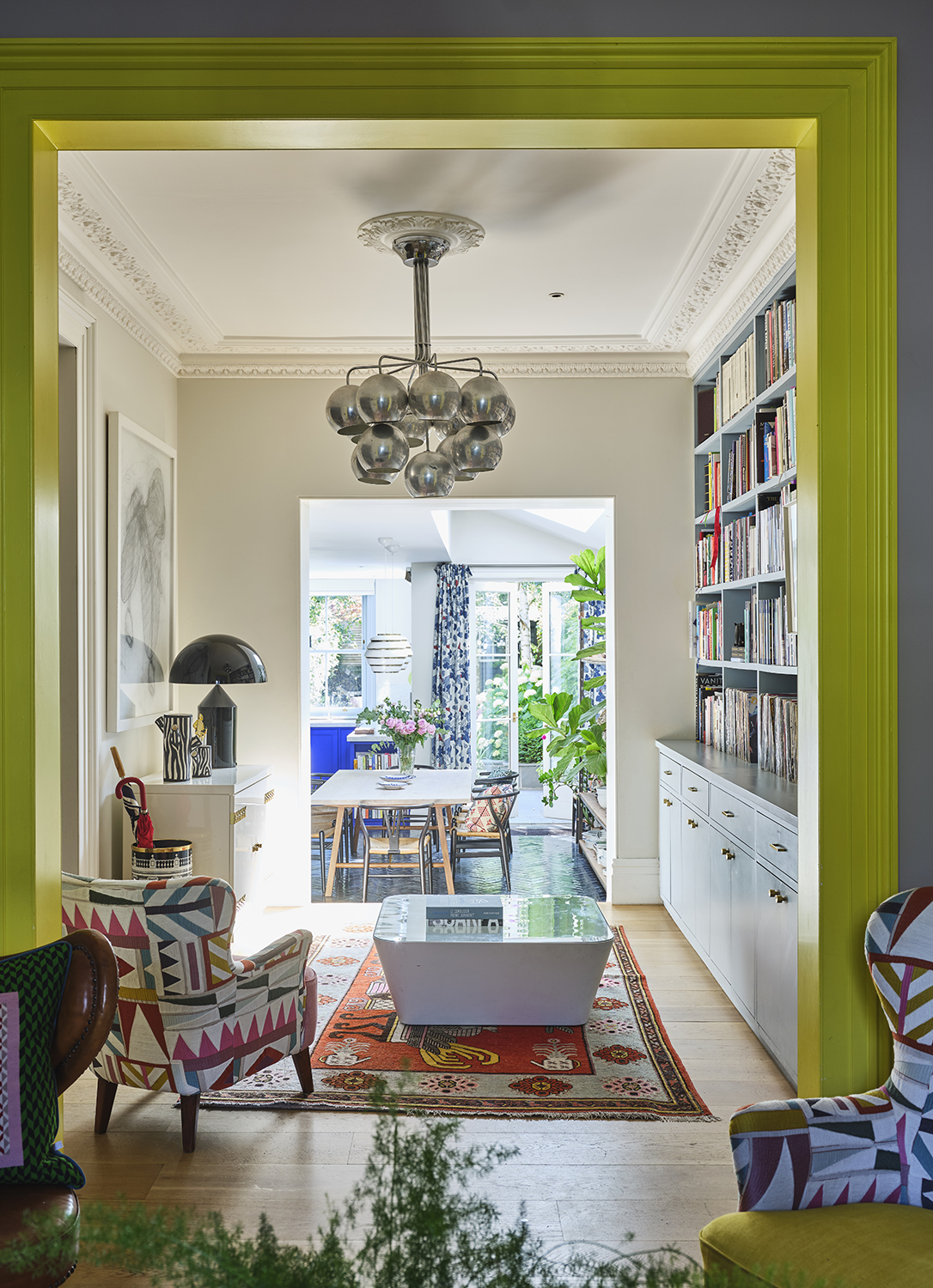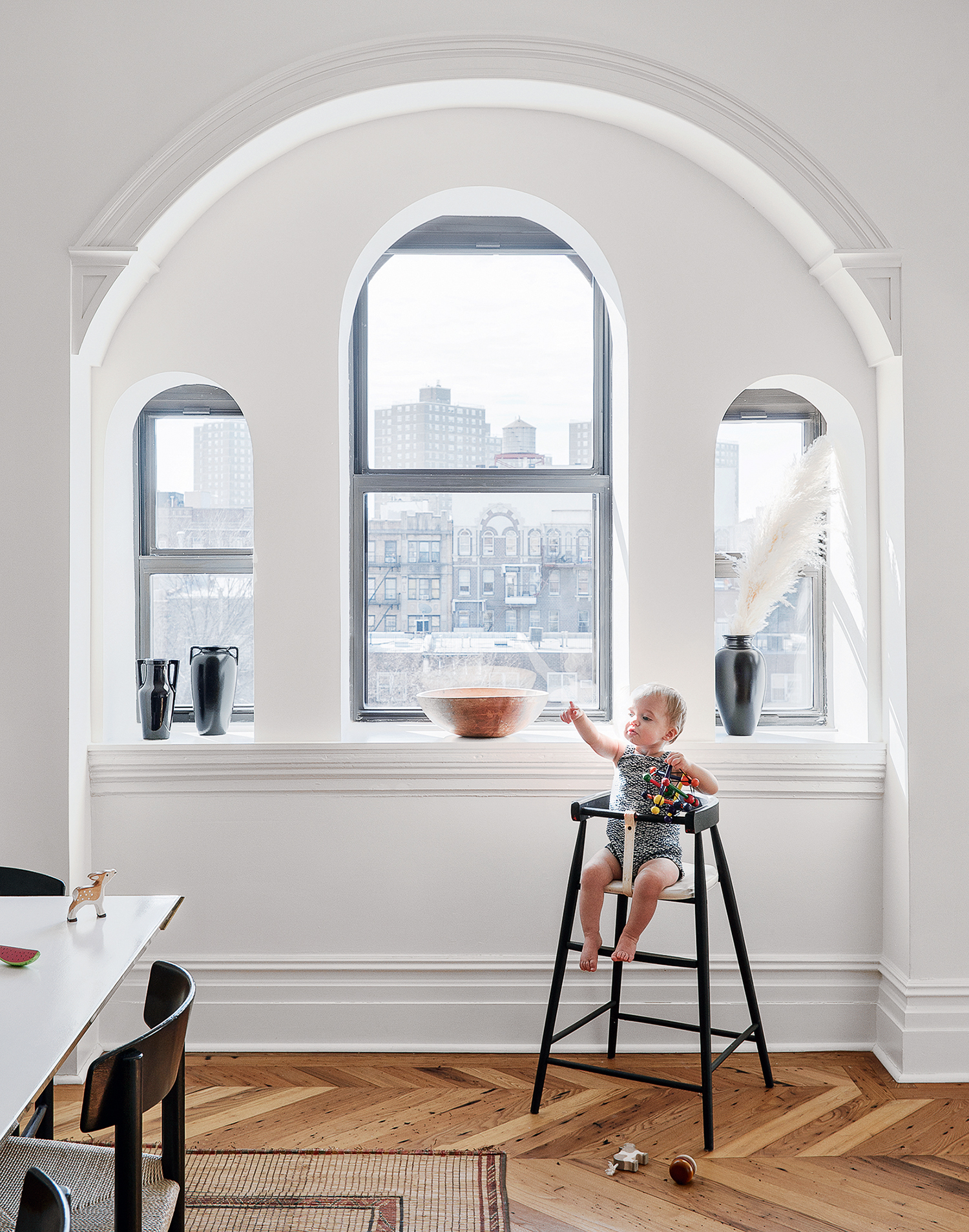Do you paint trim or walls first? Experts explain the DIY hacks to make your life easier
Do you paint trim or walls first? is a question decorators are always asked. Designers and paint experts explain the best way to tackle DIY

From intricate skirting to ornate ceiling roses, trim has come back in vogue in recent years. And, by adding just the right amount of detail to a room to create that ‘finished’ feel, it’s easy to see why.
“Trim is such a great way to be playful within a room,” say Caroline Aston and Chloe Vince, two in-house decorating consultants at House of Hackney. “It can add real interest and is an opportunity to create mini features within a room, framing the paint to create an artwork effect. It is also great for new builds as a way to introduce some character into an often featureless space.”
Trim can be decorative or functional, so it’s a good idea to think about the purpose of your trim before adding it to your space or painting it. “Traditionally, a dado/chair rail would be used to protect the wall but can now be used as a breakpoint between paint or wallpaper, or an opportunity to mix colors or patterns together,” say Aston and Vince.
Increasingly, people are having fun with colorful trimming, using the molding to make a statement. “We find that people are prepared to combine complementary tones — gone is the white gloss!” say Aston and Vince. “I would always pick a complimentary tone to the paint color or chosen wallpaper. This could be light or dark depending on the look you are after. If you look at a color spectrum, a handy tip is to go a few shades lighter or darker in tone to get a great contrast between wall and trim.”
As with any decorating project, it’s important to ask yourself what mood you want to create in the room. “For a dark, moody and cozy look, painting everything the same color is a really effective way of creating a cocooning feel,” say Aston and Vince. “For a light, bright and fresh look, complimentary 'whites' can work really well together.”
So, once you’ve got your color scheme in place, what do you paint first: trim or walls?
Do you paint trim or walls first?

According to Mylands paints, there is one clear answer: “We always recommend starting with the walls, as mistakes made when painting these are easy to fix, but once you’ve painted the woodwork you want to avoid paint splatters on them,” says Dominic Myland, CEO at Mylands, who clearly knows how to paint a wall. “Trim requires more precise application, and is therefore more tricky to fix, so it’s best to avoid paint from the wall splattering on the freshly-painted trim.”
While there is some risk that paint will bleed from the trim onto the wall, the risk is lower than having wall paint splashing onto the trimming. “Cleaning accidental paint bleeds onto a wall is also a much easier fix than splashed paint on the trim,” says Myland. “Our paint is washable, and so if any paint does transfer or splatter onto the walls when painting the trim, this can easily be cleaned up and wiped off.”
House of Hackney's Aston and Vince agree: “Paint the walls first, as especially if you are using a roller, you may get paint spatter onto the trims. You will need to paint woodwork in either an eggshell or gloss paint and this generally has a longer drying time than emulsion.”
What technique and tools should you use?
Myland says it's best to start with the ceiling if you’re painting the whole room, then doing the walls before finishing with the trim. “If using a brush and roller, we recommend cutting into the edges of one wall first, then using the roller for the rest of the wall straight away while the brushed areas are still wet, to ensure a smooth overall appearance,” says Myland. “We also recommend keeping a damp rag or cloth handy to quickly wipe off mistakes for a flawless finish — remember to clean up as quickly as possible while the paint is still wet, as it’s much easier.”
Especially if your trimming is intricate, having a good brush — like a 1.5” Angle Slash Brush — will help you paint more precisely. “After you’ve painted the walls, the trim is easier to paint with precision by carefully cutting in against the woodwork, which can be done by wiping off excess paint from your brush before you start, slowly working up to the line in a gentle curve, and, most importantly, taking your time,” says Myland. “It’s a job that shouldn’t be rushed, so ensure you carefully and slowly work along the line to ensure a crisp, clean finish.”
Frog tape can also be handy when painting walls and trim — but proceed with caution. “Tape is a good choice, but it does come with the risk of peeling the paint off,” says Myland. “Once you have perfected your technique of cutting in with a good quality brush, you may not need the tape at all.”
Faithfull FAIPBRAD3 Long Reach Angled Radiator Paint Brush Set, Amazon
We really think these brushes will help with painting around trim. Specifically angled, they make it easier to get into corners.
What if you paint trim and walls the same color?

Of course, you can always opt to paint your trim and walls the same color. This isn’t just a good option if you have a less-than-steady hand, but can be a smart design choice. “This is such a fabulous way to make a room appear larger,” say House of Hackney’s Aston and Vince. “If you have low ceilings, painting your skirtings and coving the same color as the walls will make the room feel taller. It can also create a really cohesive and contemporary look.”
So there you have it — start with the walls (after you’ve done the ceiling) and then paint your trim last. And if you're tempted to play around with color, this can be a wonderful way to give traditional features a more modern twist.
Be The First To Know
The Livingetc newsletters are your inside source for what’s shaping interiors now - and what’s next. Discover trend forecasts, smart style ideas, and curated shopping inspiration that brings design to life. Subscribe today and stay ahead of the curve.
Kate Hollowood is a freelance journalist who writes about a range of topics for Marie Claire UK, from current affairs to features on health, careers and relationships. She is a regular contributor to Livingetc, specializing in reporting on American designers and global interiors trends. Based in London, Kate has also written for titles like the i paper, Refinery29, Cosmopolitan and It’s Nice That.
-
 Burl Wood Decor Is 2025’s Most Coveted Comeback — Here’s How to Get the Storied Swirls for Less
Burl Wood Decor Is 2025’s Most Coveted Comeback — Here’s How to Get the Storied Swirls for LessIrregularity is the ultimate luxury, but you don’t need an antiques dealer to find it
By Julia Demer Published
-
 5 Garden Features That Instantly Add Value to Your Home — While Making Your Outdoor Space More Practical, too
5 Garden Features That Instantly Add Value to Your Home — While Making Your Outdoor Space More Practical, tooGet to know all the expert tips and tricks for making your backyard a standout selling point for your home.
By Maya Glantz Published
